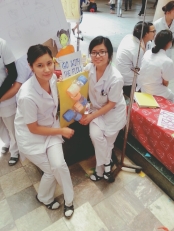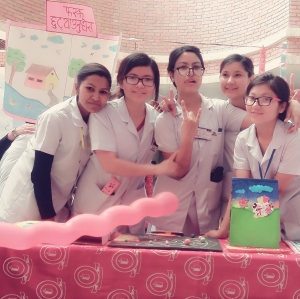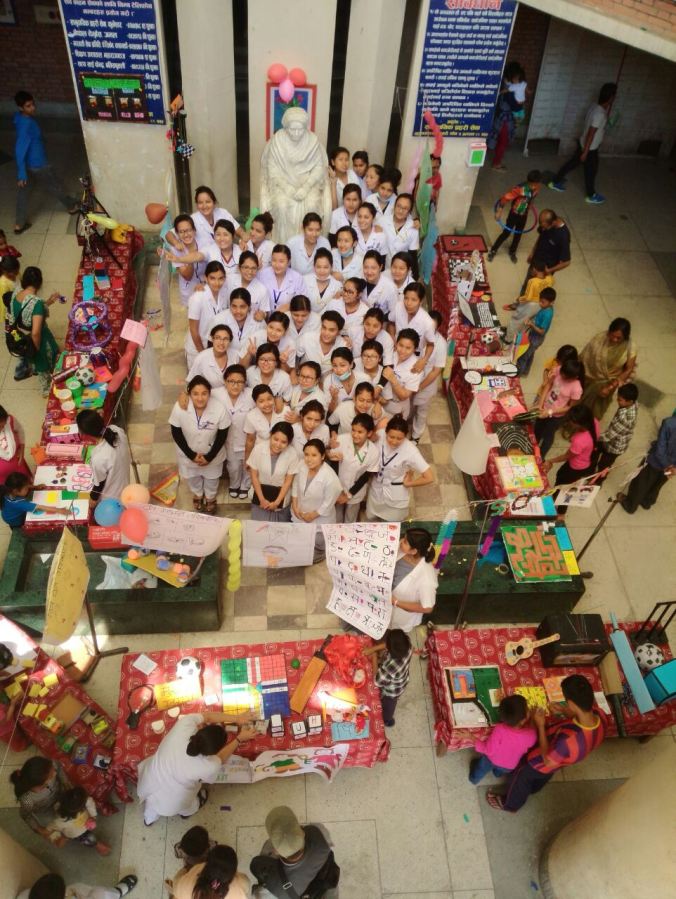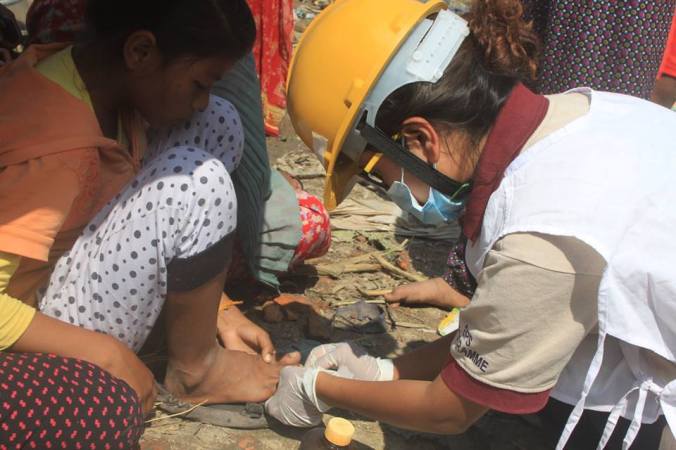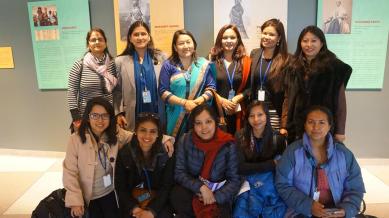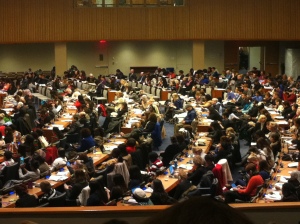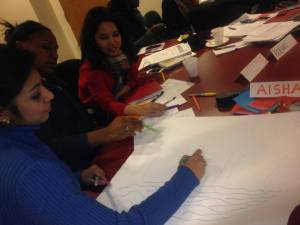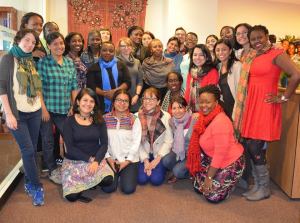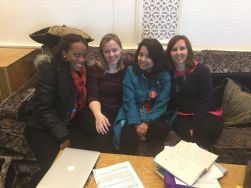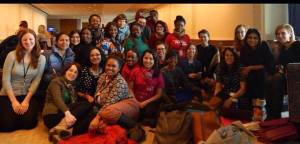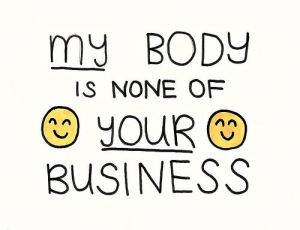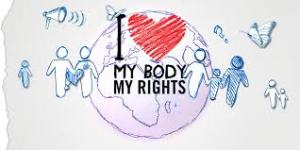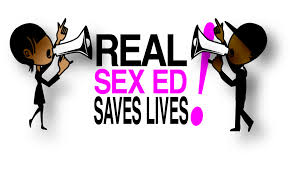Everyone has creativity within them; it’s just the matter of unlocking that creativity- Christina Cantors
While I was growing up, I meagerly thought of being an “engineer”. Either we have it in our own dreams that we decide who we are going to be in future or have that role model in our family who would shape our dream. For me, I couldn’t find a single female role model in technology in my entire family. My parents always pursued me for medicine as they usually do in our part of world but I had my other plans. Ever since I remember I wanted to fly high in the clear blue sky. Despite constant family pressure, my dream of becoming a pilot propelled me to choose math instead of biology in my high school. However, pretty soon I had the cognizance of bitter reality of huge financial requirement to study pilot. This prompted me to opt for detour. I wanted my dream to rest for a while as the fondness of being pilot never vanished from my mind. I gave myself a second thought regarding my career and started questioning myself why did I have a thirst for technology? Honestly, I’m not so sure of any particular answer but when I dug deeper, I found my answer. I chose engineering because I had that true fondness for airplanes flying high in the sky. I always wondered how they landed at exact place where they want to, meaning how did they communicate in this process of navigation.
This motivated me to pursue my undergraduate studies in telecommunication engineering in my neighboring country. To be surprised, I was the only international female student in my department. When you are a woman engineer, most people have some kind of opinion ready for you. Brave, genius and man-ish are among the many labels that you get during this journey. Some even condemn for it. I never understood these remarks, but since females are scarce in engineering, people believe that there must be some special reason that I was pursuing it. No wonders many of my Nepalese friends who were in the same city studying nursing often asked my motivation for engineering. They too might have some sort of unspoken aforementioned label for me. However, my answer to them would be nothing. I never thought of explaining my dreams to every other person. As it is said that dreams are personal and so was mine.
Studying various subjects in four year duration was totally challenging but exciting as well. Subjects like Micro wave and radar, Satellite communication, Optical communication networking, Computer communication networking, Digital signal processing and algorithms, Network security etc allured me the most. Life wasn’t easy in an alien land. But I had always been blessed with my caring and supportive siblings who were always there for me in times of need. Initially, I felt left out in terms of gender and nationality but as soon as I found my space, It felt like next home to me. What inspired me during those days were young women of different departments from the various states of India doing remarkable and excelling academically.
 Several studies on women in technology have shown that a lack of support for women to get into these fields is a major cause of low interest. Well the studies have also suggested that young women are unable to find strong female role models who encourage them to pursue stem majors. Meanwhile, academicians and professors in this field of technology if are female, will act as propelling factor to choose ones career in the same field.
Several studies on women in technology have shown that a lack of support for women to get into these fields is a major cause of low interest. Well the studies have also suggested that young women are unable to find strong female role models who encourage them to pursue stem majors. Meanwhile, academicians and professors in this field of technology if are female, will act as propelling factor to choose ones career in the same field.
Young women of our generation are well exposed with technological advancement. If we look at the global instances, they have even marveled it. Regardless of the various technological advancements women have achieved in the past decade, bitter reality is that, the world of technology has always been dominated by men. Amidst all these shades, a silver lining is seen in the form of overwhelming popularity of women in technology over the last few years.
Does this popularity end the stereotypes for women who aim to pursue a technology-based occupation? I am sure it doesn’t. Because of these gender stereotypes, young women of today are reluctant to join field of technology. However, there are success stories to share and learn from, women have been able to accomplish great technological advancements and maintain high positions in technology-related careers. Ada Lovelace, designer of algorithm of the first computer and have transformed to the various systems we have today, Henrietta Swan Leavitt joined the Harvard “computers”, a group of women engaged in the making of astronomical data at Harvard. Furthermore, there are many more women’s CEO viz Marissa Mayer of Yahoo, Leila Janah of Sama Group. Women as vice presidents Cindy Gates of Microsoft, Kim Stevenson of Intel, Cindy Mackenzie of Fox entertainment are to name few among many others. However, this is so small figure in this vast world of technology.
Few months ago, the world celebrated 20th anniversary of Beijing conference. For those who are unaware of this conference, please view previous posts of this blog or google it immediately. Women in educations and training has been identified has key area of concern by Beijing conference in 1995 in advancing gender equality and women empowerment. Women should enter these men dominated fields and area in advancing gender equality. The era of today is the era of technology and networking, to be specific social networking. If women have access to these technology spaces, they can create women friendly technology. For examples, technology can be used to combat violence against women by creating safety mobile applications and other technology for advocacy of women’s right issues. These were the information shared by my siblings who attended the 20th review of this amazing conference. I learnt tons from her.
As for me, technology was never a gender issue, it was my dream. Now with the knowledge regarding gender and observing the existing differences from my surrounding, I can see how it is and should be a gender issue. The impact it can have in the entire world and lives of women across the world is humongous. So, it has been imperative for young women like us to enter these so called forbidden spaces and to create our own space. To sum up, let me quote my favorite singer Ms. Cyrus and her song CLIMB to all the other young women who are aspiring to land in the field of technology. Girls it’s tough but believe me it’s worth it!!!
CLIMB
I can almost see it
That dream I am dreaming
But there’s a voice inside my head saying
“You’ll never reach it”
Every step I’m taking
Every move I make feels
Lost with no direction
My faith is shaking
But I gotta keep trying
Gotta keep my head held high
Read more: Miley Cyrus – The Climb Lyrics | MetroLyrics
Written By: Ms. Swikriti Thapa, Ms. Thapa is a Telecommunication Engineer.
Edited by: Ms. Smriti Thapa

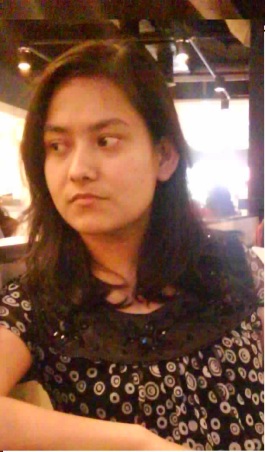

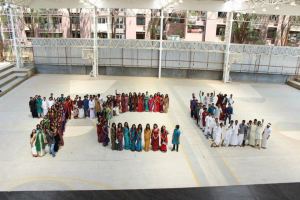
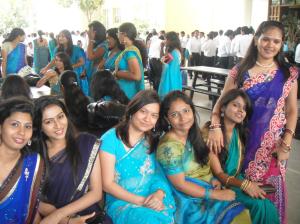
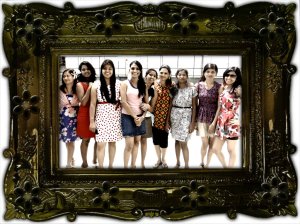
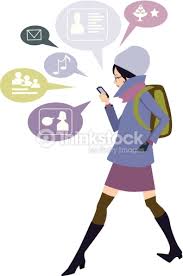


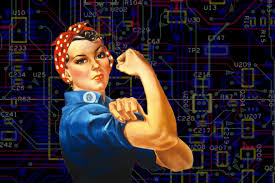
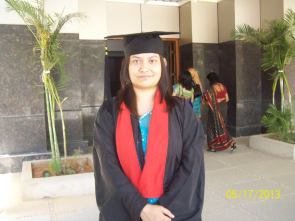
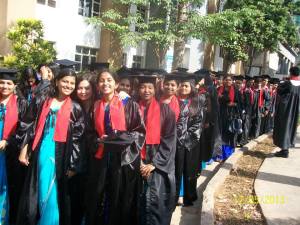
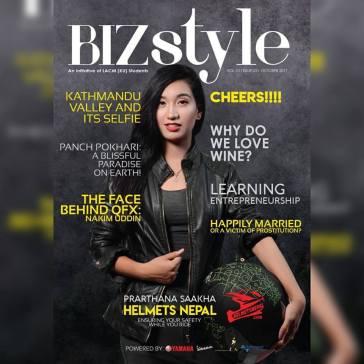 Women for Change. By the young age of twenty – two year, Miss Saakha has recently received her BBA degree from Kathmandu College of Management. She is one of the founders of Helmets Nepal, established in 2015. It started as a small startup at home, and has grown to be the biggest showroom for automobile after sales products in Nepal after just one and a half years! The team at Helmets Nepal now consists of 18 young and enthusiastic members. Besides entrepreneurship, Miss Saakha also believes that it is her duty to inspire and uplift young women. She was awarded the Women Leadership Award 2017 endorsed by CMO Asia, and her PRAYAS (Preventing Road Accidents by Youth Awareness on Safety) was one of the winners of the EmpowHER program conducted by the Ujyalo Foundation!
Women for Change. By the young age of twenty – two year, Miss Saakha has recently received her BBA degree from Kathmandu College of Management. She is one of the founders of Helmets Nepal, established in 2015. It started as a small startup at home, and has grown to be the biggest showroom for automobile after sales products in Nepal after just one and a half years! The team at Helmets Nepal now consists of 18 young and enthusiastic members. Besides entrepreneurship, Miss Saakha also believes that it is her duty to inspire and uplift young women. She was awarded the Women Leadership Award 2017 endorsed by CMO Asia, and her PRAYAS (Preventing Road Accidents by Youth Awareness on Safety) was one of the winners of the EmpowHER program conducted by the Ujyalo Foundation!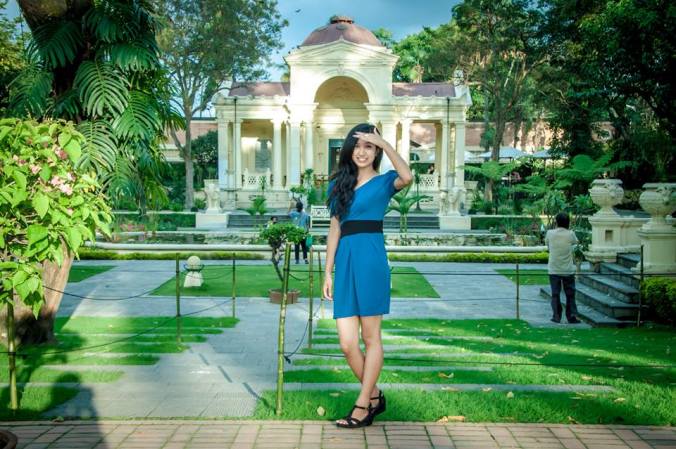


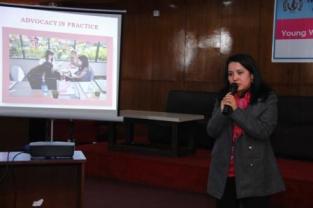
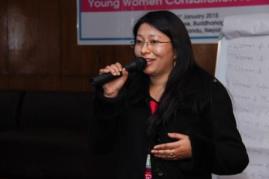

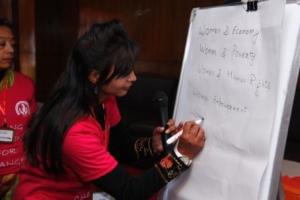
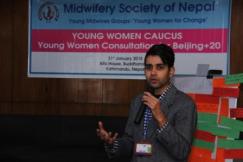
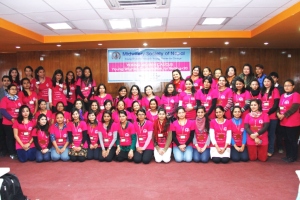
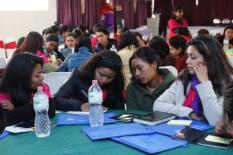
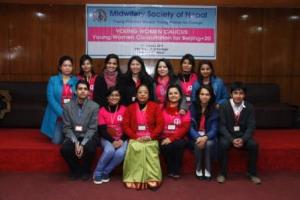
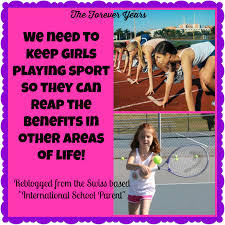
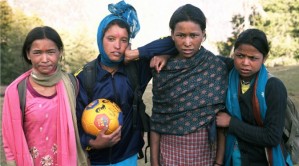
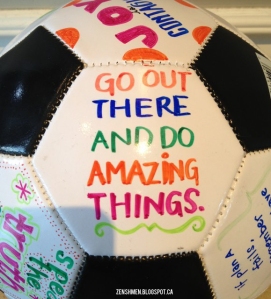 involve in sports just because I was a girl. Although, I wanted to play outdoor and explore I was always kept indoor with dolls and a sister to play with. And what I got to play was those “girly games” which I liked but I always wanted something more. Seeing my love for just a football match on TV, my mom gifted me a football on my birthday when I was 13 which left me with sheer happiness. I had very few friends who played football with me but my sister and my pet dog always accompanied me. I then continued my passion for football and played during my school days, high school and I still play at my college. Playing football doesn’t make me shameful. It gives me intense pleasure, happiness and inspires me to achieve goals.
involve in sports just because I was a girl. Although, I wanted to play outdoor and explore I was always kept indoor with dolls and a sister to play with. And what I got to play was those “girly games” which I liked but I always wanted something more. Seeing my love for just a football match on TV, my mom gifted me a football on my birthday when I was 13 which left me with sheer happiness. I had very few friends who played football with me but my sister and my pet dog always accompanied me. I then continued my passion for football and played during my school days, high school and I still play at my college. Playing football doesn’t make me shameful. It gives me intense pleasure, happiness and inspires me to achieve goals.

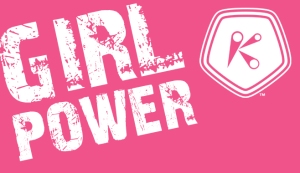
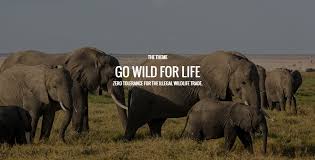 habitat. This duly propelled my study and exposure in Environmental studies. However, my growing interest for wildlife became substantial since my recent field visit to National Parks of Western Nepal. Coincidentally, this year’s theme for World Environment Day is “Go Wild for Life”.
habitat. This duly propelled my study and exposure in Environmental studies. However, my growing interest for wildlife became substantial since my recent field visit to National Parks of Western Nepal. Coincidentally, this year’s theme for World Environment Day is “Go Wild for Life”.





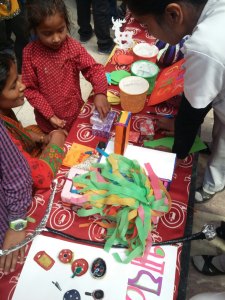
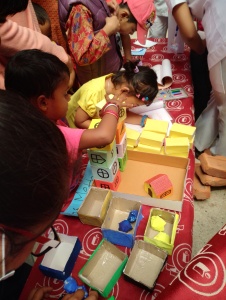
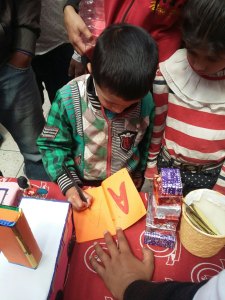 Though all the creative toys exhibited at the stalls were worth describing, some of them were absolutely prominent, hard to go unnoticed and had captured the attention of every child of respective age groups. To describe a few were; ‘Colour games’ where the toddlers were required to identify and put the coloured cartoon fruits into their respective coloured baskets.
Though all the creative toys exhibited at the stalls were worth describing, some of them were absolutely prominent, hard to go unnoticed and had captured the attention of every child of respective age groups. To describe a few were; ‘Colour games’ where the toddlers were required to identify and put the coloured cartoon fruits into their respective coloured baskets.